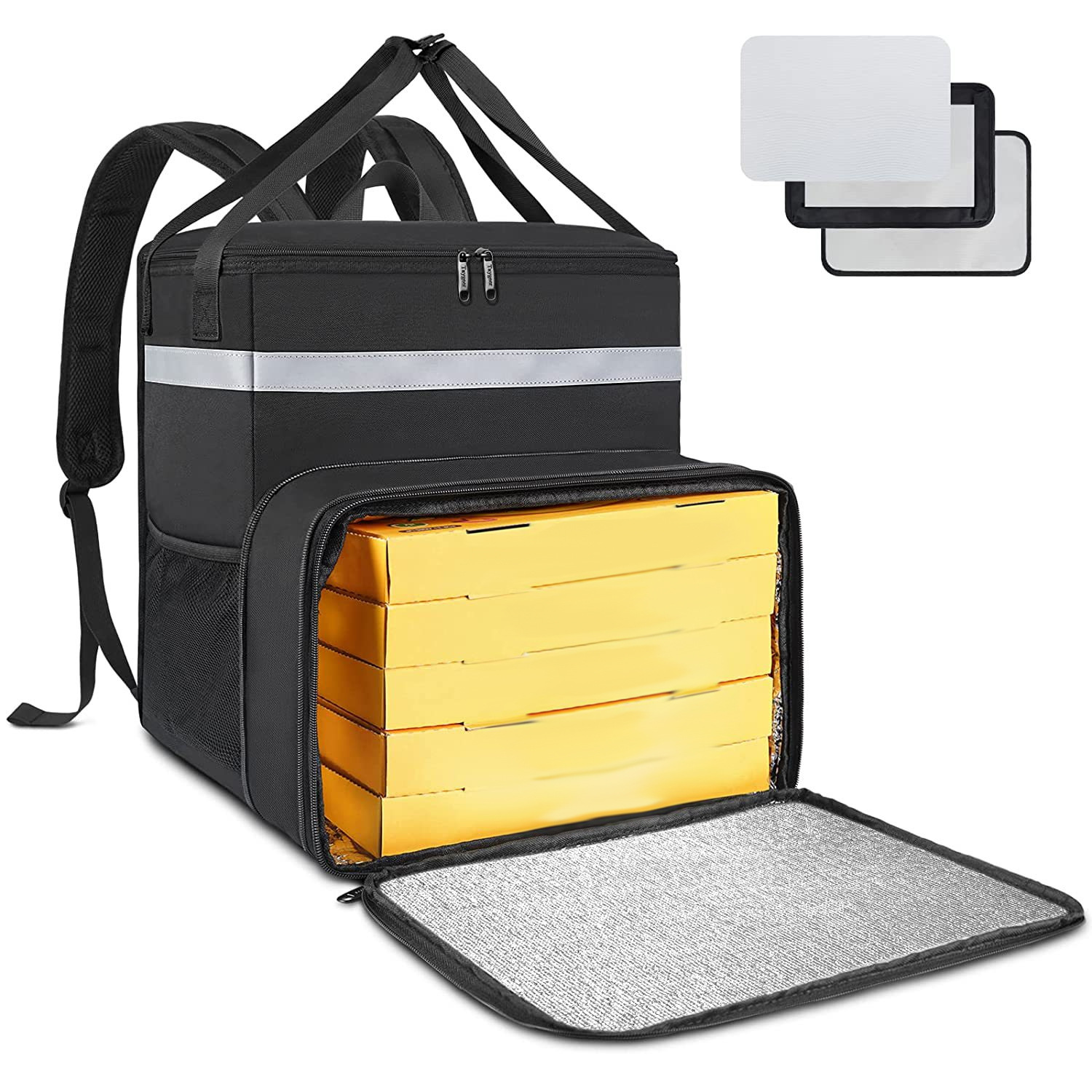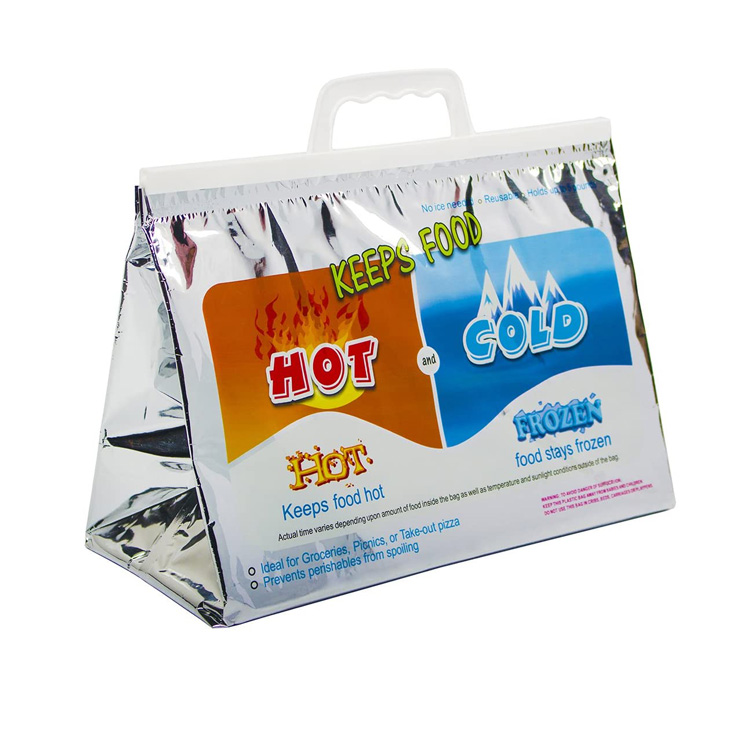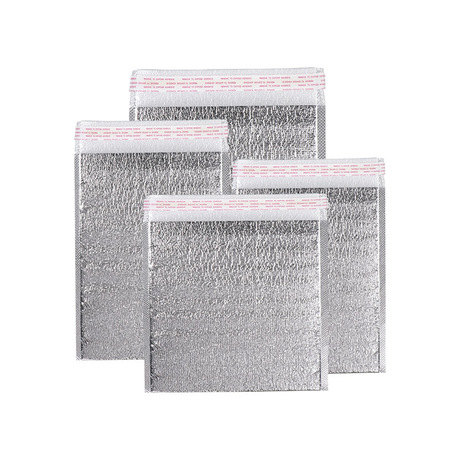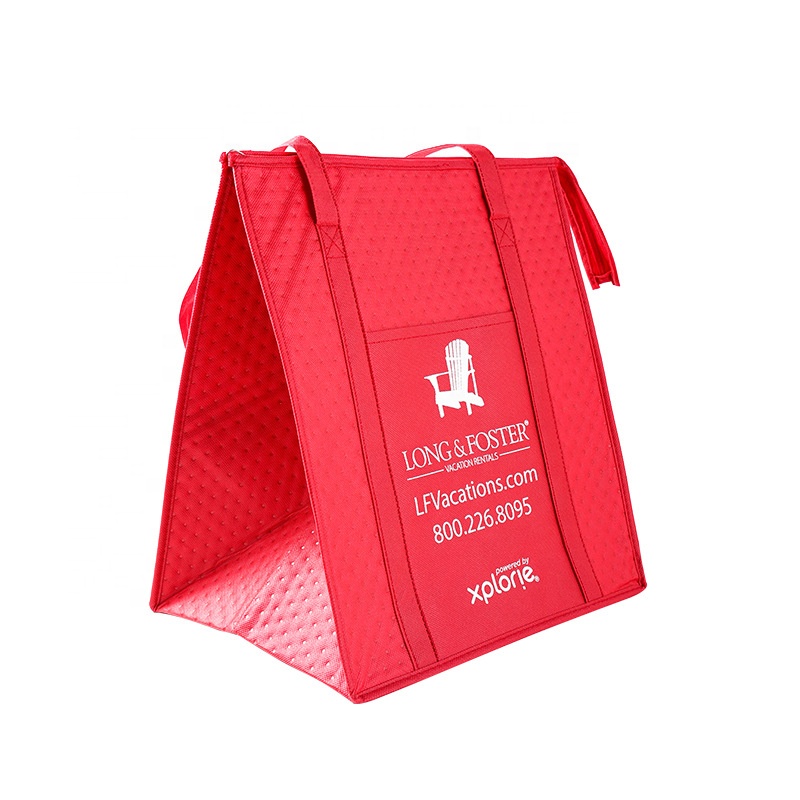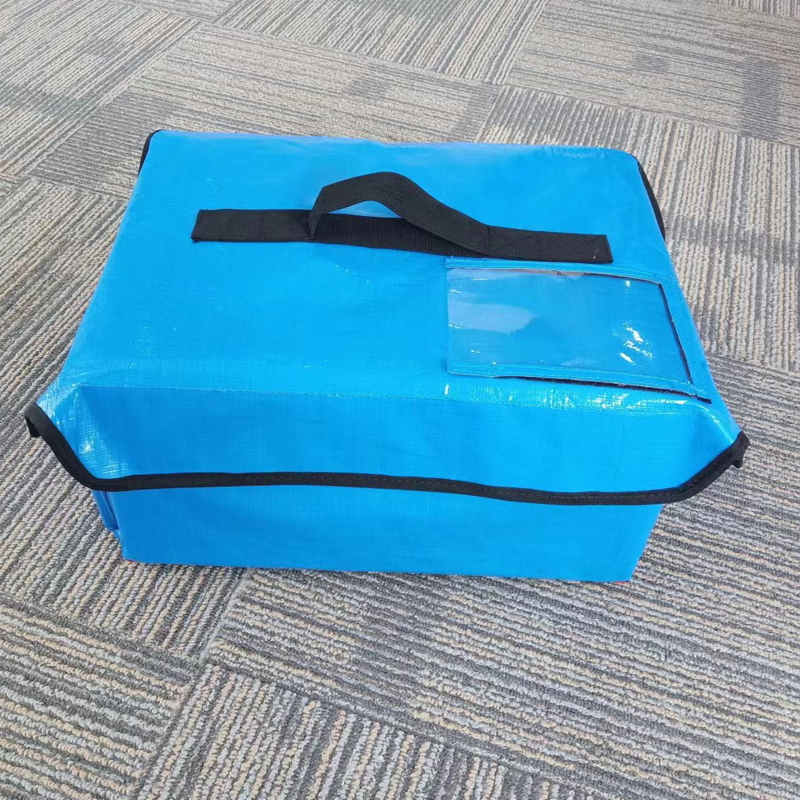The Ultimate Guide for Pain Relief and Recovery
When it comes to knee pain and injuries, one of the most effective and accessible treatments is the use of an ice pack. Whether you’re recovering from surgery, managing arthritis, or simply dealing with a strain or sprain, an ice pack can help reduce pain and swelling. In this article, we’ll explore how ice packs for the knee work, the best types to use, and how to apply them for optimal results.

What Is an Ice Pack for Knee?
An ice pack for the knee is a cold compress or gel pack designed to be applied to the knee area for pain relief. The cold temperature reduces blood flow to the affected area, which helps alleviate swelling and inflammation. This form of treatment is commonly known as cold therapy or cryotherapy, and it is a popular method for managing a variety of knee issues, including:
- Sprains and strains
- Post-surgical recovery
- Arthritis and joint pain
- Sports-related injuries
- Bursitis and tendonitis
How Does Ice Help with Knee Pain?
Ice works by constricting blood vessels and slowing down blood flow to the injured area. This helps to reduce swelling, numb the pain, and limit inflammation. The cold also helps in preventing tissue damage and can be a highly effective treatment when used immediately after an injury.
Benefits of Using an Ice Pack for the Knee:
Reduces Swelling: The cold helps to constrict blood vessels, which minimizes swelling around the knee joint. Swelling is often one of the first signs of an injury, and reducing it can speed up the healing process.
Numbs Pain: Cold therapy numbs the affected area, providing temporary relief from pain and discomfort. This can be especially helpful for those with chronic conditions like arthritis.
Improves Recovery Time: By managing swelling and pain, ice therapy can accelerate the recovery process and allow you to return to your normal activities sooner.
Prevents Further Damage: Applying an ice pack in the early stages of an injury can help prevent further tissue damage and minimize the severity of the injury.

Types of Ice Packs for Knee Pain:
When choosing an ice pack for knee pain, it’s important to consider the design and material that best suits your needs. Here are the most common types:
Gel Ice Packs: These are soft and flexible, making them easy to wrap around the knee. Gel packs remain pliable even when frozen, which allows them to contour to the shape of the knee for a more comfortable application.
Instant Cold Packs: These packs don’t need to be frozen beforehand. Simply squeeze the pack to activate the cooling process. Instant cold packs are ideal for on-the-go relief and when you don’t have access to a freezer.
Ice Wraps: Ice wraps typically come with straps to secure the ice pack around the knee. These are great for ensuring that the ice stays in place, especially if you need to move around while applying the treatment.
Cold Compression Wraps: These combine cold therapy and compression to provide both pain relief and reduced swelling. Cold compression wraps are ideal for athletes or individuals recovering from more severe injuries.

How to Apply Ice Pack for Knee Pain:
To get the best results from your ice pack, it’s important to follow proper application techniques:
Prepare the Ice Pack: If you’re using a gel pack, place it in the freezer for at least two hours before use. If you’re using an instant cold pack, make sure it is activated properly.
Protect Your Skin: Never apply the ice pack directly to your skin as it can cause frostbite. Always wrap the ice pack in a thin cloth, towel, or a cloth cover to act as a barrier between the cold and your skin.
Apply for 15-20 Minutes: Apply the ice pack to your knee for 15-20 minutes at a time. Avoid using ice for longer than 20 minutes to prevent skin damage. You can repeat the process every 2-3 hours, especially in the first 48 hours after an injury.
Elevate Your Knee: While applying the ice pack, elevate your knee above the level of your heart if possible. This helps reduce swelling and improves the effectiveness of the ice therapy.
Rest: Give your knee time to rest while applying ice, and avoid putting weight on the affected leg for prolonged periods.

When to Use Ice for Knee Pain:
- Immediately After an Injury: Apply ice as soon as possible after an injury. This will help reduce swelling and inflammation right away.
- After Exercise: If you’re dealing with post-workout soreness or stiffness, ice can be a great way to alleviate discomfort and speed up recovery.
- For Chronic Conditions: People with knee arthritis or long-term pain can benefit from regular use of ice packs to manage flare-ups.
How Often Can You Use Ice on Your Knee?
While ice therapy is highly effective, it’s important not to overdo it. Applying ice for more than 20 minutes at a time can lead to skin damage or frostbite. Generally, it is safe to apply ice to the knee every 2-3 hours for the first 48 hours after an injury. After that, you can reduce the frequency to once or twice a day, depending on your needs.
Alternatives to Ice Therapy:
If you find that ice therapy isn’t effective or causes discomfort, there are alternatives you can try:
- Heat Therapy: Heat can be useful for soothing stiffness and relaxing tight muscles around the knee joint. However, it is generally not recommended for acute injuries, as it can increase swelling.
- Compression: Knee sleeves or braces can provide compression to help reduce swelling and improve support.
- Elevation: Elevating your knee above heart level can also reduce swelling and improve circulation.
Conclusion:
An ice pack for knee pain is an affordable, simple, and highly effective tool for reducing pain and speeding up recovery. Whether you’re dealing with a sports injury, surgery recovery, or chronic knee issues, ice therapy can provide significant relief. Remember to follow the proper guidelines for applying ice and consider other therapies to support your overall knee health.
By using the right ice pack and applying it correctly, you can take important steps toward a quicker and more effective recovery, allowing you to get back on your feet with less pain and discomfort.







